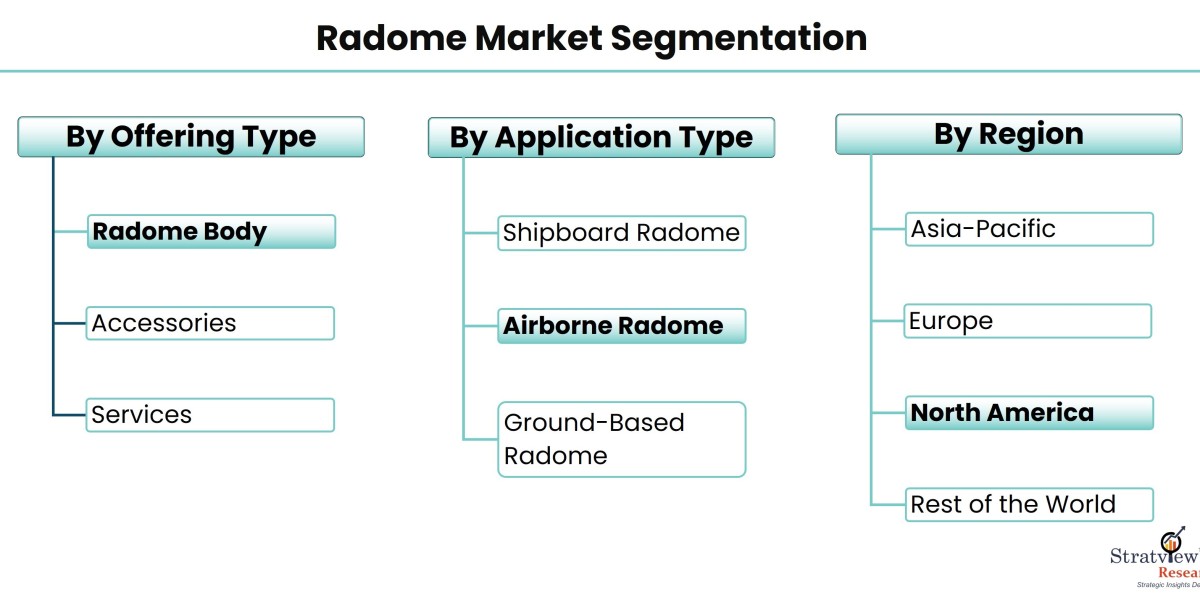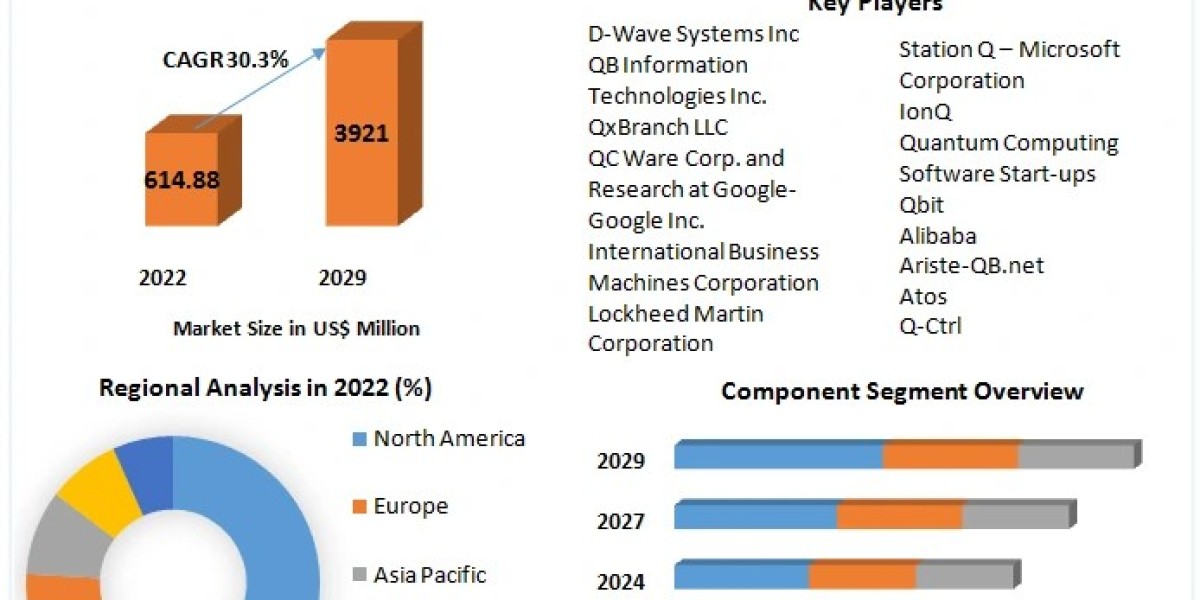According to Stratview Research, the radome market is projected to grow at a healthy CAGR of 5.2% over the next five years to reach an estimated value of USD 1.6 billion in 2025.
In today's interconnected world, where communication is omnipresent and vital, the need for reliable signal transmission is paramount. Whether it's in aerospace, telecommunications, or defense, maintaining clear and uninterrupted communication is crucial for operations and safety. This is where radomes come into play, serving as invisible shields that protect antennas and communication systems from the elements while allowing signals to pass through unhindered. In this article, we delve into the fascinating world of radomes, exploring their significance, innovations, and the dynamics of the radome market.
Understanding Radomes
A radome, short for radar dome, is a protective enclosure that covers antennas, radar systems, and other electronic equipment while allowing electromagnetic signals to pass through with minimal interference. These structures are typically made of composite materials such as fiberglass, carbon fiber, or Kevlar, which provide excellent transmission properties while offering protection against harsh environmental conditions such as wind, rain, and temperature extremes. Radomes are used in a variety of applications, including aerospace, telecommunications, weather monitoring, and military defense.
Significance in Communication
Radomes play a critical role in ensuring reliable communication in diverse industries:
Aerospace: In the aerospace sector, radomes are commonly used to protect radar antennas and satellite communication systems mounted on aircraft, drones, and spacecraft. These radomes must withstand high-speed airflow, aerodynamic forces, and extreme temperatures encountered during flight while maintaining signal integrity for navigation, weather monitoring, and in-flight communication.
Telecommunications: In the telecommunications industry, radomes are employed to shield antennas and base stations from environmental factors such as moisture, UV radiation, and debris. By providing a protective barrier, radomes help maintain signal quality and network reliability, ensuring uninterrupted connectivity for mobile phones, wireless internet, and other communication services.
Defense and Surveillance: Radomes are extensively used in military applications for radar surveillance, missile guidance, and electronic warfare. These ruggedized enclosures protect sensitive electronic equipment from detection, jamming, and hostile attacks, enabling military forces to gather intelligence, conduct reconnaissance, and maintain situational awareness in challenging environments.
Market Dynamics
The radome market is driven by several factors:
Technological Advancements: Ongoing advancements in materials science, manufacturing techniques, and design technologies are driving innovation in the radome market. Manufacturers are developing lightweight, high-strength composites with enhanced transmission properties and resistance to environmental degradation, enabling the production of more efficient and durable radome solutions.
Increasing Demand for Connectivity: The growing demand for wireless communication, satellite broadband, and IoT connectivity is fueling the need for robust and reliable antenna enclosures. As telecommunications networks expand and satellite constellations proliferate, the demand for radomes to protect critical infrastructure and equipment is expected to rise.
Rise in Aerospace Applications: The aerospace industry is experiencing a surge in demand for radome solutions, driven by the rapid growth of commercial aviation, unmanned aerial vehicles (UAVs), and space exploration initiatives. Radomes are essential components of modern aircraft and spacecraft, providing protection for radar systems, satellite antennas, and communication payloads.
Future Prospects
Looking ahead, the radome market is poised for continued growth and innovation. Factors such as the proliferation of 5G networks, the development of autonomous vehicles, and the expansion of satellite communication services are expected to drive demand for radome solutions across various industries. Additionally, advancements in additive manufacturing, nanotechnology, and smart materials hold promise for the development of next-generation radomes with improved performance, functionality, and cost-effectiveness.
Conclusion
In conclusion, radomes play a crucial role in shielding signals and ensuring reliable communication in a wide range of applications. As the demand for connectivity continues to grow and technology evolves, the radome market remains at the forefront of innovation, driving advancements in materials, design, and functionality. By exploring the dynamics of the radome market and embracing emerging trends, stakeholders can navigate the evolving landscape of signal protection and connectivity with confidence.







